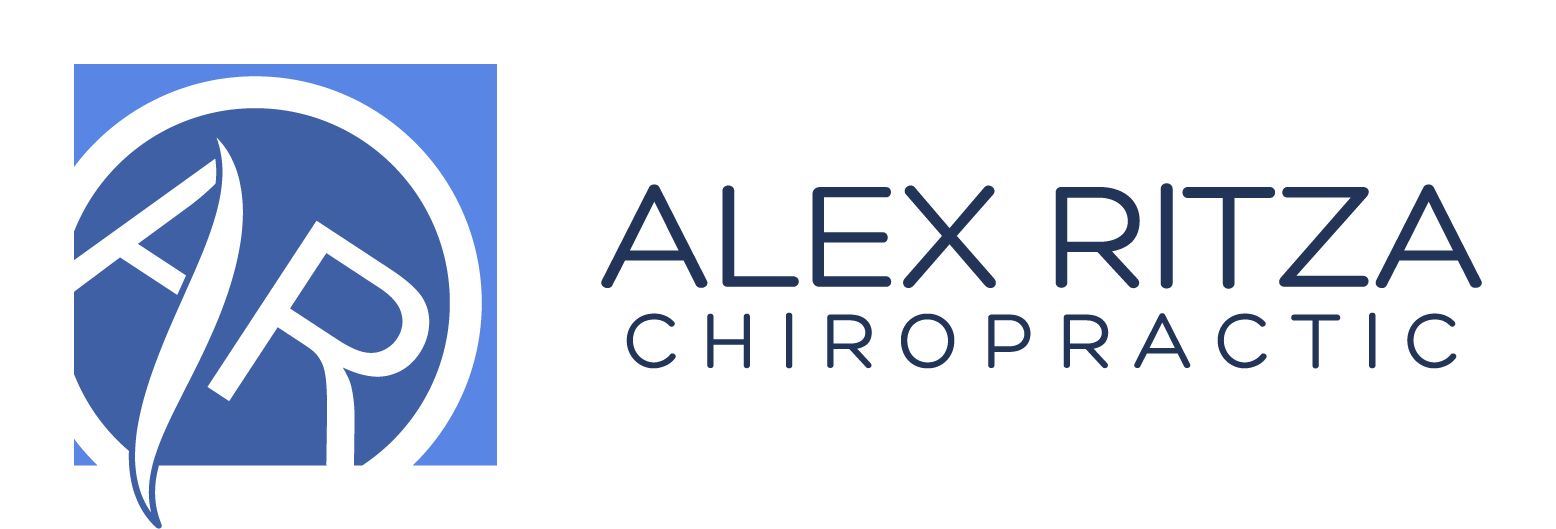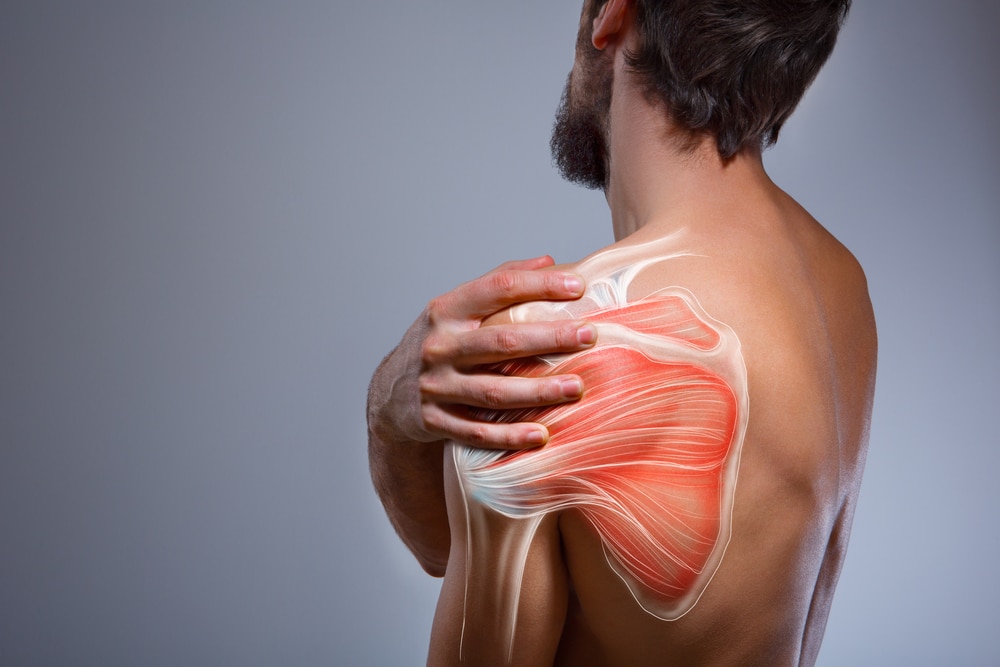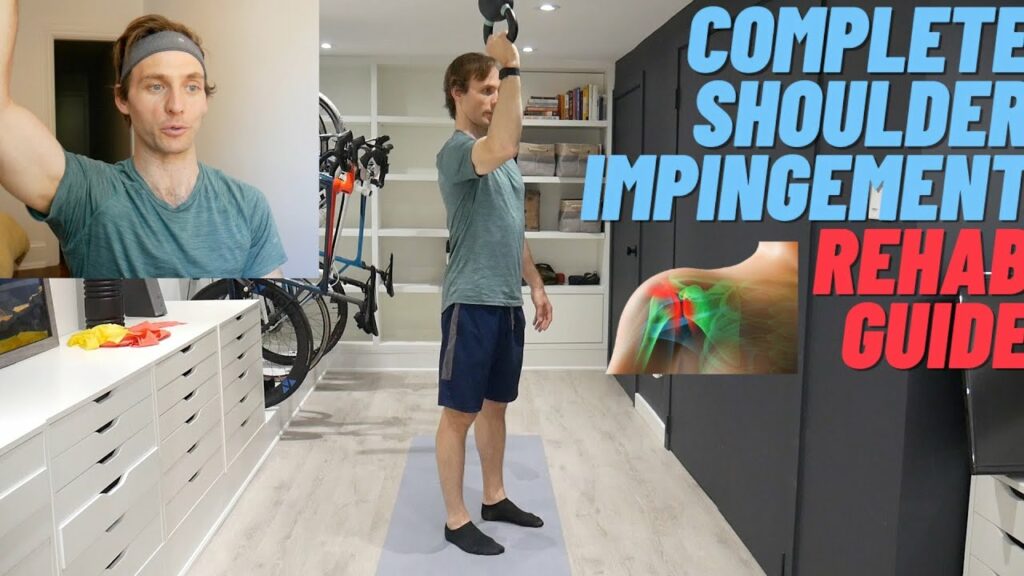Shoulder Pain Relief Toronto | Shoulder Pain Treatment Toronto
If you are suffering from shoulder pain and looking for help this guide is for you. If I were looking to find a resource or clinic for shoulder pain relief in Toronto or the best shoulder pain treatment in Toronto I would be looking for a practitioner that has helped hundreds of cases of shoulder issues and someone who is going to do a thorough examination to identify and correct the root cause of your shoulder symptoms.
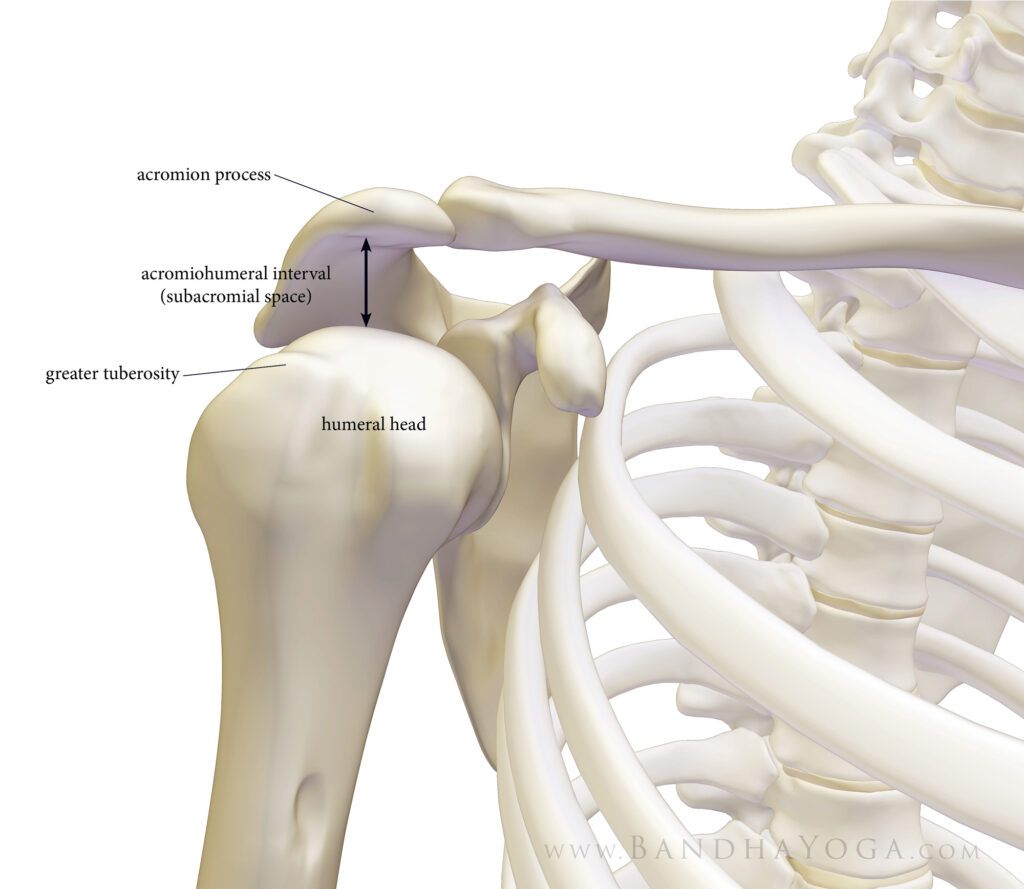
Perhaps more than any other body part, shoulder symptoms are almost always a symptom of an underlying problem! We rarely find that the location of the pain is the location of the problem! Even when it is, there is usually a more core problem, which causes the shoulder to function poorly and become painful! Below we discuss the main problems of the spine, neck, shoulder blade and shoulder joint that can lead to shoulder pain.
This is not meant to be a comprehensive guide to diagnose and self-treat your case. I want to point you in the right direction with Corrective Exercises and help you know what to look for and ask about when you are looking for shoulder pain relief in Toronto and the best shoulder pain treatment in Toronto.
Exploring Shoulder Anatomy To Find the Cause and Best Shoulder Pain Treatment in Toronto
The shoulder is a marvel of human anatomy, offering an extraordinary range of motion that enables us to perform countless daily activities and complex athletic manoeuvres. To fully appreciate its function and importance, it’s essential to understand the distinct roles of the scapula, the glenohumeral joint, and how spine posture influences shoulder health.
The Scapula: The Shoulder Blade

The scapula, or shoulder blade, is a flat, triangular bone located on the upper back. It acts as a crucial anchor for many muscles that facilitate shoulder movement and stability. Key anatomical features of the scapula include:
- Acromion: The bony projection at the top of the shoulder, forming the highest point.
- Coracoid Process: A small hook-like structure on the front side of the scapula.
- Glenoid Cavity: A shallow socket that articulates with the head of the humerus to form the shoulder joint.
The scapula is capable of several important movements:
- Elevation and Depression: Moving the shoulder blade upward and downward.
- Protraction and Retraction: Moving the shoulder blade forward around the ribcage and backward towards the spine.
- Upward and Downward Rotation: Rotating the scapula so the glenoid cavity faces upward or downward, which is essential for raising the arm overhead.
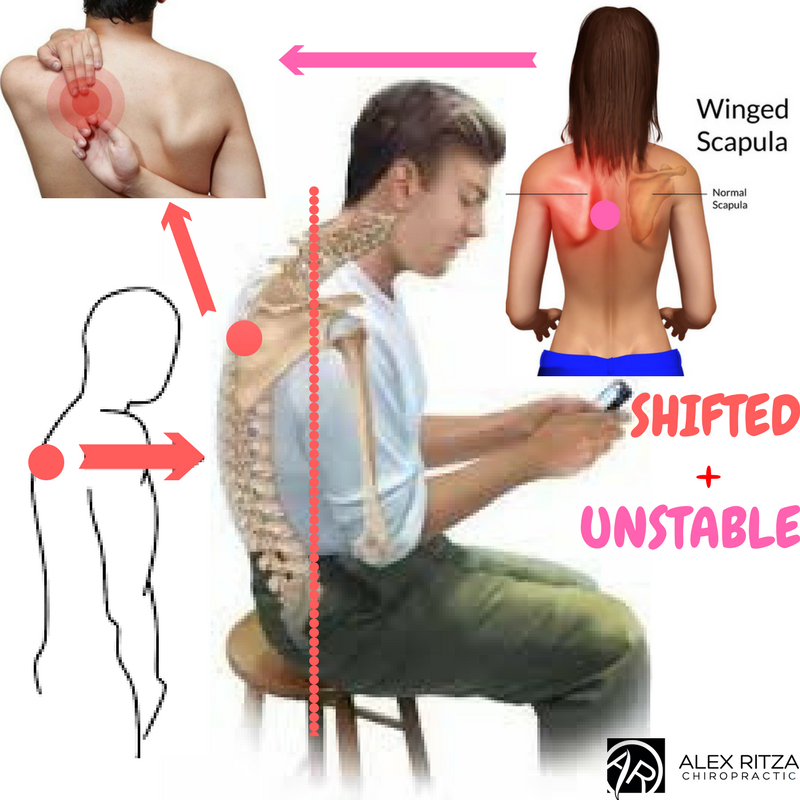
The Glenohumeral Joint: The True Shoulder Joint
The glenohumeral joint is the primary joint of the shoulder, where the head of the humerus fits into the glenoid cavity of the scapula. This ball-and-socket joint allows for an extensive range of movements, making it one of the most mobile joints in the human body. These movements include:
- Flexion and Extension: Raising the arm forward and moving it backward.
- Abduction and Adduction: Lifting the arm away from the body and bringing it back towards the body.
- Internal and External Rotation: Rotating the arm inward towards the body and outward away from the body.
- Circumduction: A circular motion that combines all the above movements.
The stability of the glenohumeral joint is maintained by the rotator cuff muscles, a group of four muscles that surround the joint, as well as ligaments and the labrum, a ring of cartilage that deepens the socket.
The Influence of Spine Posture on the Shoulder
Spine posture, particularly the alignment and mobility of the thoracic spine (mid-back), plays a significant role in shoulder function. Poor posture, such as a rounded upper back, can lead to several issues:
- Altered Scapular Position: Poor thoracic posture can cause the scapulae to tilt and protract, affecting the mechanics of the shoulder and reducing the efficiency of arm movements.
- Reduced Range of Motion: Limited thoracic extension restricts the ability to perform overhead activities, as the shoulder relies on proper spinal alignment for full mobility.
- Increased Risk of Injury: Compensatory movements due to poor posture can lead to overuse injuries, shoulder impingements, and rotator cuff problems.

The Costovertebral or Rib Joints
The joints between the ribs and the spine must move well for the shoulder to be healthy. Poor movement of irritation of these joints can alter the kinematics (movement) of the shoulder and can affect nerve signalling to and from the shoulder. This can lead to pain, weakness, spasm and a host of other underlying issues.
When you are trying to manage your shoulder issues or looking for shoulder pain relief in Toronto, be sure to find someone who can help you understand the anatomy involved in your problem. The best shoulder pain treatment in Toronto should focus on the spine, rib cage, shoulder joint, scapula and all the muscles that attach to it.
What Is The Cause of My Shoulder Pain
The shoulder is one of the most versatile and complex structures in the human body, allowing for an incredible range of motion and playing a vital role in numerous activities. To understand how the shoulder functions, it’s essential to differentiate the anatomy and roles of the scapula, the glenohumeral (shoulder) joint, and the influence of the spine and its posture on

shoulder health. Finding shoulder pain relief in Toronto requires finding the root cause of your shoulder pain. The most important thing to understand is that shoulder pain is usually a symptom of dysfunctional muscles, nerves, and joints that culminate in altered shoulder function. The painful symptoms are just that – a symptom that your body is not working properly.
- The Spine Structure and Posture
- The Neuroanatomy of the shoulder: The nerves of the neck and upper back are ultimately the transmission lines for pain and control the shoulder’s movement by transmitting electrical signals from the brain to the shoulder
- The joints of the thoracic spine and rib cage. Poor movement of the costovertebral or rib-spine joints will place greater movement demands on the shoulder. Irritation of the rib joints can lead to muscle pain and spasms. This can cause pain at the inner border or under that shoulder blade that can spread to more areas of the shoulder when very acute.
- The rotator cuff: The supraspinatus, infraspinatus, teres minor and subscapularis act like a suction cup that holds the arm in the shoulder socket. When they become diseased they can become a source of shoulder pain and will lead to altered movement, function and performance of the shoulder.
- The Scapula. The scapula must move freely and in a controlled manner for the shoulder to work properly. When one raises their arm overhead, for instance, the shoulder blade can contribute up to 50 of the total range of movement of the shoulder complex
- The Movers Of The Shoulder. The 17 or 18 (depends on how you count) muscles that attach to the scapula, including the aforementioned rotator cuff muscles can be both a cause of shoulder pain and dysfunction – often acting in a cyclical pattern. A good assessment should take note of them all.
The Yorkville Chiropractor That Specializes In Shoulder Pain Relief in Toronto
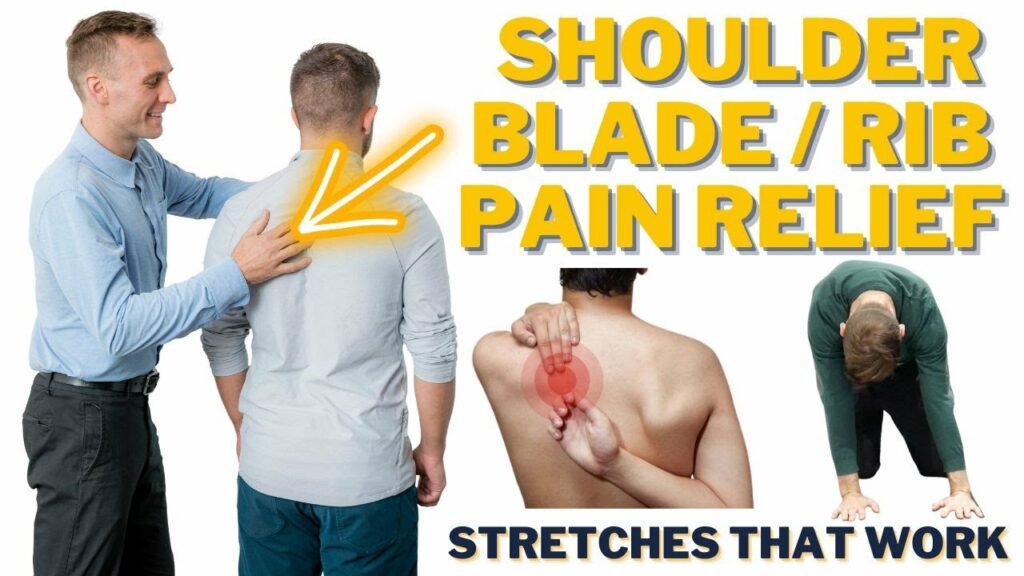
We rarely find that the nerves of the nerve cause shoulder pain in isolation. However, it is VERY rare to assess a case with a shoulder complaint that does not have a neck problem on the same side. If you press hard on the outermost part of the side of your neck and pain travels to the shoulder, that is a strong sign that your neck is directly contributing to and maybe even causing your shoulder issues. If there is a problem with the neck that is affecting the shoulder, your practitioner should be assessing the entire spine! Make sure that if you are looking for shoulder pain relief in Toronto that your doctor is assessing your neck to see if there is a problem!
What do I do about my shoulder pain?
Book a Complimentary Case Review with us to learn more about our unique NeuroStructural Restoration Process. If you want to go it yourself then we encourage you to try using these Corrective Exercise resources that we share with our patients. We have helped hundreds of people looking for the best shoulder treatment in Toronto get relief by addressing their underlying problem – and we would love to help you too!
